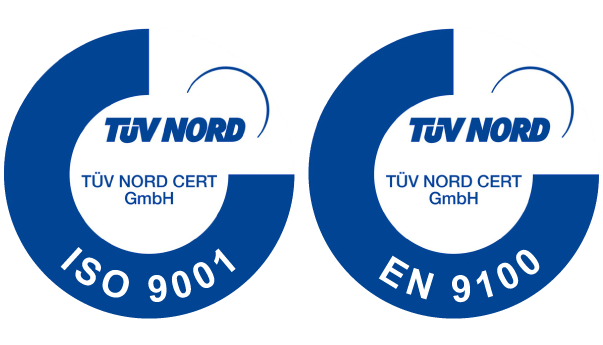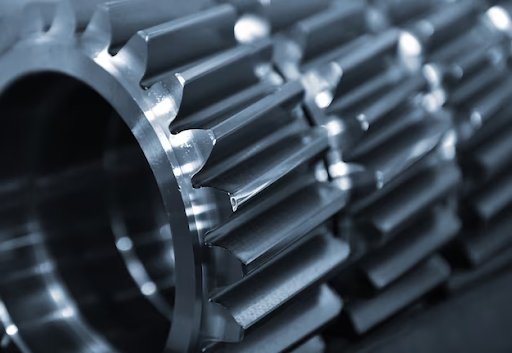When it comes to CNC (computer numerical control) machining, valves play a major role in regulating the flow of gases and fluids within different industrial processes. This is why it is so important to design CNC valves that make operations easier and more efficient. It makes a significant contribution to overall precision and productivity.
Understand Operational Requirements
This is the first step in designing such valves. You have to understand in great detail the environment where these valves will function and the possible operational needs over there. This is why you should consider factors such as the kind of gases or fluids being controlled, required flow rates, and pressure levels.
Focus On Simplicity And Ergonomics
Always make sure that the CNC valves you design are user-friendly. Ensure that the controls and interfaces are straightforward and intuitive. Ergonomic considerations are extremely important in this case, too! Make sure that actuators or valve handles can be manipulated and gripped with ease. Provide clear indications regarding the status or position of the valve.
Prioritize Durability And Reliability
Durability is so important in the context of CNC valve design! Thus, always choose construction methods and materials that can withstand potential wear and tear as well as the conditions where they will be operated. Focus on high-quality seals, materials that can resist wear and tear, and robust actuators so that valves last long and perform consistently over time.
Enable Accessibility And Ease Of Maintenance
While designing CNC valves , they can be accessed easily, especially for purposes such as servicing and maintenance. Include features in them to allow swift disassembly, component replacement, and cleaning as and when you need it. Label the parts clearly along with provisioning for simple maintenance procedures to reduce downtime significantly.
Utilize Technology And Automation
Explore the scope of incorporating smart technology, such as automation, wherever you can in such projects. If you integrate sensors, software-controlled systems, and actuators in these valves it will help you streamline operations, provide real-time control and monitoring, and improve accuracy. Automation also lowers the manual workload on operators, thus optimising overall efficiency.
Test Prototypes Rigorously
Before you initiate the full-scale production of CNC valves, test the prototypes as rigorously as possible. Simulate operating conditions to make sure that the valves are functional and durable, and that their performance is aligning with the intended specifications. Incorporate feedback from engineers and operators to refine your design.
Collaborate And Seek Feedback
Collaborate with key entities in this context such as operators, end-users, and engineers across the design process. Gather feedback on usability, potential improvements, and functionality of the products. It always pays to involve people who will work the valves as it improves the products’ design.
Conclusion
In the end, the process of designing CNC valves that make it easy for the operators means taking a holistic approach that focuses on key aspects such as functionality, durability, user-friendliness, and technological advancements. When you prioritize these aspects during the design phase you can create valves that truly fit the bill.



Recent Comments